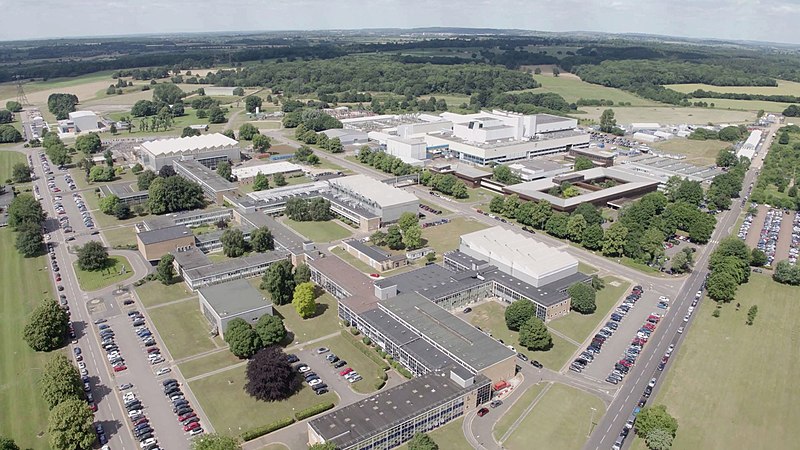
The remarkable journey of the Joint European Torus (JET) fusion laboratory in Oxford will come to a close on Saturday after four decades of groundbreaking experiments, as it seeks to harness
the immense potential of nuclear fusion to provide clean and virtually limitless energy.
The tale of JET began in June 1983 when it conducted its inaugural fusion experiment. Professor Barry Green fondly reminisces about that moment and underlines the distinction between designing and actually operating the facility. This fusion laboratory embarked on an ambitious mission to unlock the energy-producing capabilities of nuclear fusion.
The quest for nuclear fusion as an energy source dates back to the 1920s, with earlier research largely focusing on fusion applications in the realm of nuclear weapons. It wasn't until 1958 when the United States declassified its fusion research that countries like Russia, the UK, Europe, Japan, and the US embarked on a collaborative endeavor to harness fusion for energy generation. The allure of fusion lies in its capacity to produce vast amounts of energy without any harmful greenhouse gas emissions. The fundamental principle behind fusion is the same process that powers the Sun and other celestial bodies—it involves uniting pairs of light atoms in contrast to nuclear fission, which entails splitting heavy atoms apart.
This international collaboration culminated in the creation of the Joint European Torus (JET) site, situated in Culham, Oxfordshire. Scientists from across the continent converged at JET, among them was Professor Barry Green, who previously conducted plasma physics research in Germany. He assumed the role of lead engineer and was instrumental in the facility's design and construction. JET's chosen fusion model was the tokamak, which employs magnetic fields to confine the plasma—a superheated, ionized gas—inside a vessel. This controlled plasma environment facilitates the fusion of light elements to generate energy.
An instrumental aspect of JET's design was its ability to work with a mixture of deuterium and tritium, radioactive isotopes of hydrogen. This choice proved pivotal as it has been recognized as the most efficient reaction for fusion reactors. In 1991, JET conducted the world's first experiment using this fuel mixture, subsequently achieving higher energy yields in subsequent experiments. The facility even holds the world record for the most energy produced in a fusion experiment, totaling 59 megajoules during a five-second pulse.
Despite these achievements, JET grappled with numerous challenges and delays, experiencing a nearly decade-long suspension of experiments in the mid-2000s when its internal structure underwent replacement.
In terms of energy output, the current achievements are still a long way from powering homes—59 megajoules can only boil the equivalent of about 60 kettles' worth of water.
However, the scientific community remains undaunted by these challenges. Joelle Mailloux, JET's science program leader, emphasized that their focus is now on stabilizing the plasma, distributing power efficiently, and enhancing reactor materials' durability to withstand the harsh conditions.
Even with the experiments concluding, JET will continue to offer invaluable insights. "The decommissioning will involve an analysis of how the reactor materials have changed over time, which will contribute to the improved maintenance of other fusion sites," noted Fernanda Rimini, JET's senior exploitation manager.
One such beneficiary of JET's research is the Iter reactor located in southern France—a colossal fusion project involving numerous countries, including the EU, Russia, the US, and China. Regrettably, the UK recently confirmed its non-participation in this project.
In response, the UK government has committed £650 million to support an indigenous fusion program running until 2027, which includes the development of a prototype fusion energy plant called STEP in Nottinghamshire. According to Paul Methven, STEP program director at the UK Atomic Energy Agency, they are striving for a realistic yet ambitious target, with the first operations anticipated in the early 2040s. Photo by UK Atomic Energy Authority, Wikimedia commons.


































